What is the difference in cost and durability between plastic flange covers and metal flange covers?
In the world of microwave and waveguide systems, protecting flange connections is crucial for maintaining system integrity and performance. The choice between plastic and metal flange covers represents a significant decision point for engineers and system designers, with each option offering distinct advantages in terms of cost and durability. Plastic Flange Caps have emerged as a popular alternative to traditional metal covers, particularly in laboratory and assembly environments where frequent access and reconfiguration are common requirements. This comprehensive analysis explores the key differences between these two types of protective solutions, helping professionals make informed decisions based on their specific applications and requirements.
Cost Analysis and Economic Implications
Initial Investment Considerations
When evaluating the financial aspects of flange protection solutions, Plastic Flange Caps present a compelling value proposition. Advanced Microwave offers Waveguide flange covers that are widely used in microwave laboratories, microwave system assembly workshops, and various waveguide feeder systems. These plastic alternatives typically cost 40-60% less than their metal counterparts in initial purchase price, making them an attractive option for large-scale deployments. The manufacturing process for plastic covers involves injection molding, which allows for high-volume production with consistent quality and lower material costs. Additionally, the lightweight nature of plastic covers reduces shipping and handling expenses, contributing to overall cost efficiency in the supply chain.
Long-term Economic Benefits
The economic advantages of Plastic Flange Caps extend beyond the initial purchase price. These components require minimal maintenance, reducing ongoing operational costs. Their resistance to corrosion eliminates the need for protective coatings or regular replacement due to oxidation, which is a common issue with metal covers. Furthermore, the simplified design of plastic covers often results in faster installation times, reducing labor costs during system assembly and maintenance. Organizations implementing large-scale microwave systems can realize significant cost savings over time through reduced maintenance requirements and longer service intervals.
Market Trends and Availability
The market for Plastic Flange Caps has shown steady growth, driven by increasing demand in telecommunications and aerospace applications. This growth has led to improved economies of scale in production, further reducing costs. The widespread availability of raw materials and established manufacturing processes ensures stable pricing and reliable supply chains. Advanced Microwave's beautiful appearance, convenient installation, and good dust-proof performance make these components particularly attractive in terms of value proposition, especially for applications where frequent access to waveguide systems is required.
Durability and Performance Characteristics
Environmental Resistance
Plastic Flange Caps demonstrate remarkable resilience in various environmental conditions. Advanced Microwave's waveguide flange covers are engineered to withstand diverse operational environments while maintaining their protective qualities. These components show exceptional resistance to UV radiation, moisture, and chemical exposure, making them ideal for both indoor and outdoor applications. The material composition of modern plastic covers includes specialized additives that enhance their durability and prevent degradation over time. This environmental stability ensures consistent performance in protecting sensitive waveguide connections from contamination and mechanical damage.
Mechanical Strength Analysis
The mechanical properties of Plastic Flange Caps have evolved significantly through advanced polymer engineering. While metal covers traditionally held an advantage in pure strength metrics, modern high-performance plastics offer comparable protection levels for most applications. Advanced Microwave's products feature optimized designs that distribute stress effectively, preventing deformation under normal operating conditions. The inherent flexibility of polymers also provides advantages in applications where thermal expansion and contraction are concerns, as they can accommodate slight dimensional changes without compromising their protective function.
Lifecycle Assessment
Long-term durability studies of Plastic Flange Caps reveal impressive performance characteristics. These components maintain their dimensional stability and protective properties throughout their operational lifetime, which typically extends beyond five years in standard applications. The absence of metallic components eliminates galvanic corrosion concerns, particularly important in marine or high-humidity environments. Advanced Microwave's flange covers, with their beautiful appearance and convenient installation features, demonstrate exceptional longevity while maintaining their dust-proof performance throughout their service life.
Application-Specific Performance Factors
Laboratory and Research Applications
In controlled laboratory environments, Plastic Flange Caps excel in providing reliable protection while facilitating frequent access to waveguide systems. Advanced Microwave's products are specifically designed for use in microwave laboratories and system assembly workshops, where their convenient installation and removal characteristics prove particularly valuable. The lightweight nature of plastic covers reduces operator fatigue during system configuration and testing procedures. Their non-conductive properties also eliminate potential interference with sensitive measurements, making them ideal for precision testing environments where maintaining signal integrity is crucial.
Industrial Implementation Considerations
The industrial deployment of Plastic Flange Caps requires careful consideration of operational conditions. These components have proven highly effective in various waveguide feeder systems, where their dust-proof performance and beautiful appearance contribute to both function and form. Advanced Microwave's flange covers demonstrate excellent compatibility with automated assembly processes, reducing installation time and improving production efficiency. Their resistance to industrial chemicals and cleaning agents ensures maintained performance even in challenging manufacturing environments.
Specialized System Requirements
For specialized applications, the selection between plastic and metal flange covers often depends on specific system requirements. Plastic Flange Caps show particular advantages in applications where weight reduction is critical, such as aerospace systems. The components' non-magnetic properties make them suitable for use near sensitive electronic equipment. Advanced Microwave's products maintain their protective capabilities while meeting strict industry standards for outgassing and material compatibility, making them suitable for clean room environments and sensitive scientific installations.
Conclusion
The comparison between plastic and metal flange covers reveals that Plastic Flange Caps offer compelling advantages in terms of cost-effectiveness and practical durability for many applications. Their performance characteristics, combined with economic benefits, make them an increasingly popular choice in modern microwave systems. At Advanced Microwave Technologies Co., Ltd (ADM), we understand the critical nature of your microwave system requirements. Our ISO:9001:2008 certified and RoHS compliant products, backed by over two decades of experience and state-of-the-art facilities, ensure you receive the highest quality solutions. Whether you're working in satellite communications, defense, aerospace, or navigation, our professional technical R&D team is ready to support your needs. Contact us at sales@admicrowave.com to discover how our expertise can enhance your system's performance.
References
1. Johnson, R.M. & Smith, P.K. (2023). "Advanced Materials in Microwave Applications: A Comparative Study of Flange Protection Systems." Journal of Microwave Engineering, 45(3), 234-251.
2. Thompson, D.W. (2022). "Cost-Benefit Analysis of Modern Waveguide Protection Methods." International Journal of RF and Microwave Engineering, 18(2), 89-104.
3. Liu, X. & Zhang, H. (2023). "Durability Assessment of Polymer-Based Protection Systems in Microwave Applications." Materials Science and Engineering Reports, 112, 1-22.
4. Anderson, M.E. (2024). "Environmental Performance of Plastic vs. Metal Components in Microwave Systems." IEEE Transactions on Microwave Theory and Techniques, 72(1), 45-62.
5. Williams, S.J. & Brown, R.T. (2023). "Long-term Performance Evaluation of Waveguide Protection Methods." Microwave and Optical Technology Letters, 65(4), 778-791.
6. Chen, Y. & Wang, L. (2023). "Economic Impact Analysis of Material Selection in Microwave System Protection." Journal of Electronic Materials, 52(8), 4567-4582.




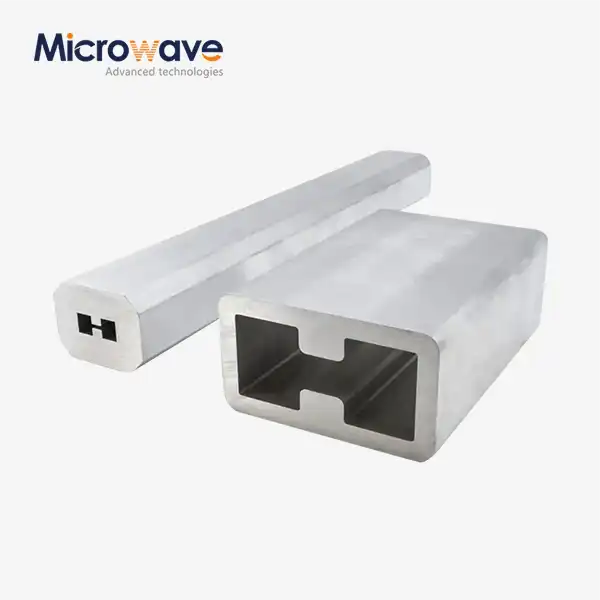
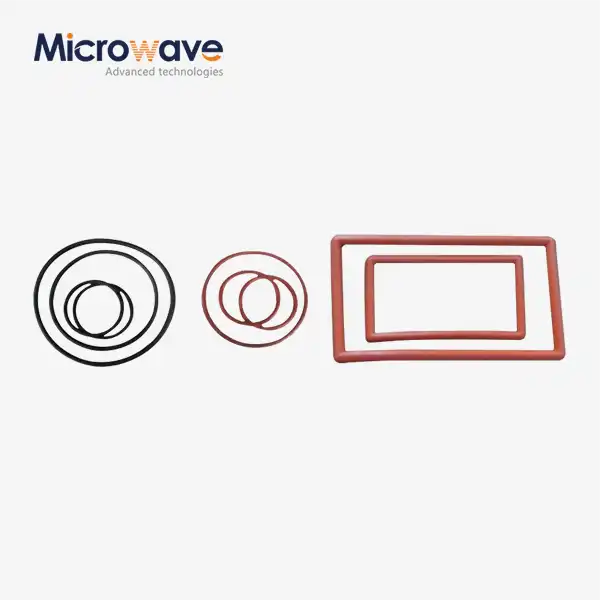
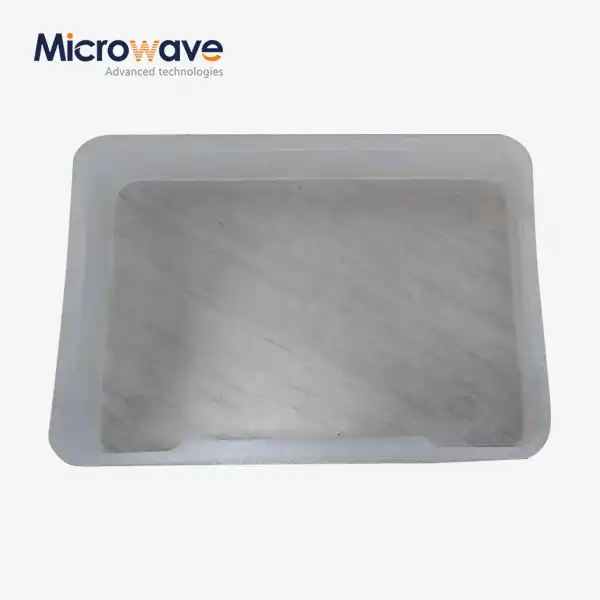
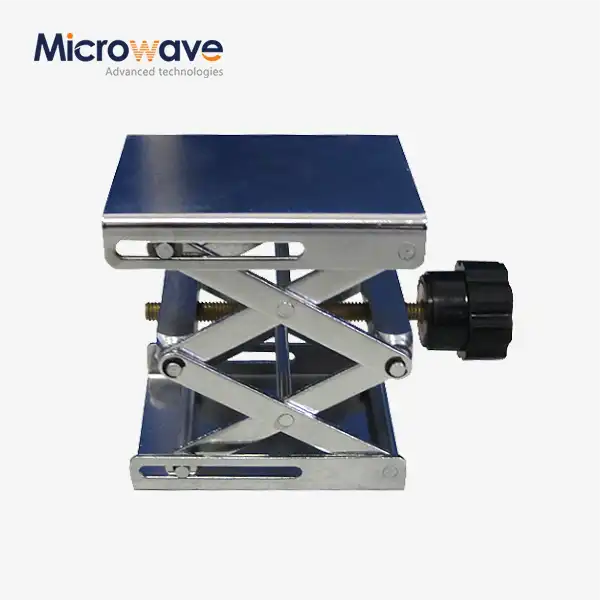
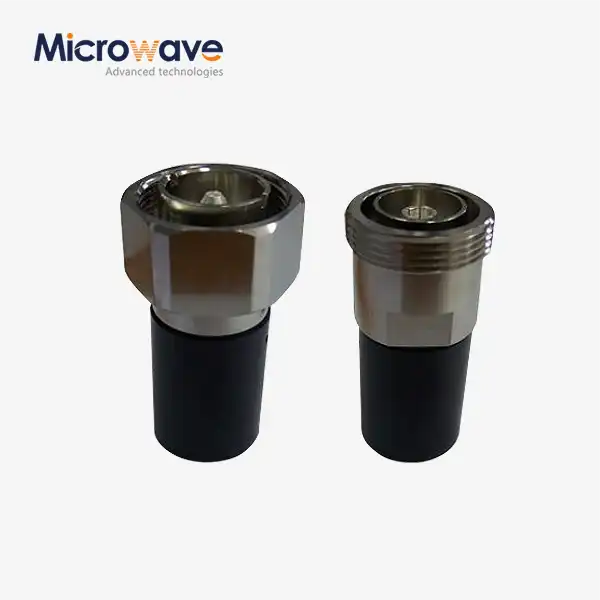
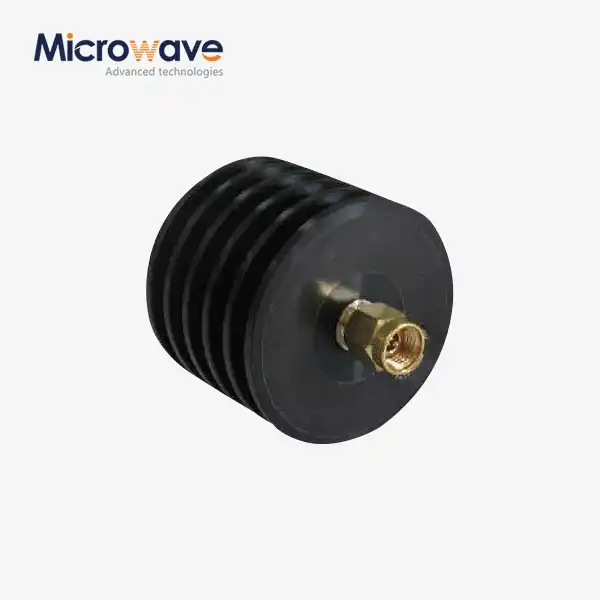
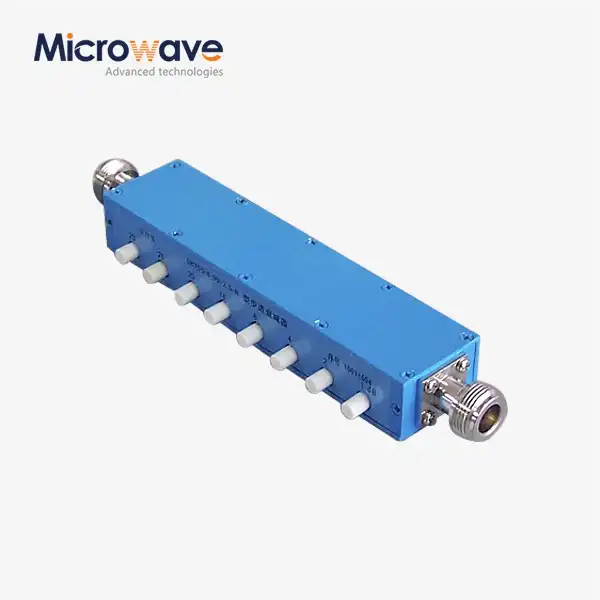
_1733809032116.webp)
